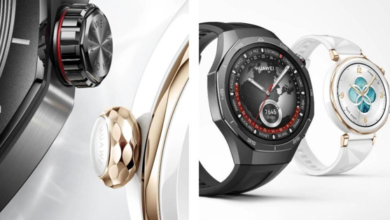Exploring the Heart of Precision: Swiss Watch Movements

In the world of horology, Swiss watch movements stand as the epitome of precision, craftsmanship, and innovation. Renowned for their impeccable quality and intricate design, Swiss watch movements have long been revered by collectors and enthusiasts alike. Let’s delve into the fascinating world of swiss watch movements to understand what sets them apart and why they continue to captivate watch aficionados worldwide.
What Are Swiss Watch Movements?
At the core of every timepiece lies its movement, often referred to as the “caliber.” The movement is the mechanism that drives the watch, powering its functions such as timekeeping, date display, and additional complications like chronographs or moon phases. Swiss watch movements are those that are designed, manufactured, and assembled in Switzerland, adhering to strict quality standards set by the Swiss watchmaking industry.
The Heritage of Swiss Watchmaking
The legacy of Swiss watchmaking dates back centuries, with Swiss craftsmen mastering the art of horology through generations of dedication and innovation. This heritage is deeply ingrained in the meticulous craftsmanship and attention to detail that define Swiss watch movements.
Precision Engineering
One of the hallmarks of Swiss watch movements is their precision engineering. Each component, from the gears and springs to the escapement mechanism, is manufactured with exceptional accuracy and reliability. This precision not only ensures accurate timekeeping but also contributes to the longevity and durability of the timepiece.
Tradition Meets Innovation
While Swiss watchmaking cherishes its rich traditions, it also embraces technological advancements. Modern Swiss watch movements often integrate cutting-edge materials and techniques, such as silicon components for enhanced performance and anti-magnetic properties. This blend of tradition and innovation allows Swiss watches to remain at the forefront of the industry.
Types of Swiss Watch Movements
Swiss watch movements are broadly categorized into two main types:
- Mechanical Movements: These movements rely on intricate mechanical components, such as gears and springs, to power the watch. They are often favored by enthusiasts for their craftsmanship and the mesmerizing motion of the gears visible through a transparent case back.
- Quartz Movements: Quartz movements, while less traditional, offer exceptional accuracy and reliability. They operate using a quartz crystal oscillator regulated by an electronic circuit. Swiss-made quartz movements maintain the same standards of precision and quality as their mechanical counterparts.
Prestige and Value
Owning a Swiss-made watch is not just about telling time; it’s about owning a piece of artistry and heritage. The prestige associated with Swiss watch movements is unparalleled, with brands like Rolex, Patek Philippe, and Omega leading the way in luxury and innovation. Swiss watches are not merely accessories; they are investments that often appreciate in value over time.
Conclusion
Swiss watch movements represent the pinnacle of horological excellence, blending centuries-old craftsmanship with modern innovation. Their precision, reliability, and timeless appeal make them coveted by collectors and enthusiasts worldwide. Whether you appreciate the intricate mechanics of a mechanical movement or the accuracy of a quartz caliber, the allure of Swiss watch movements continues to captivate and inspire generations of watch lovers.





